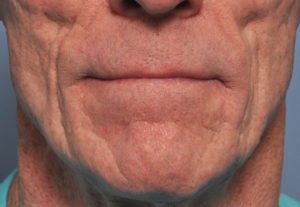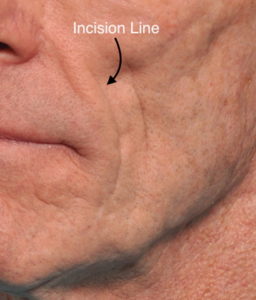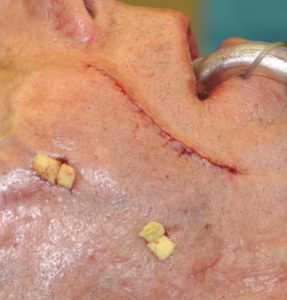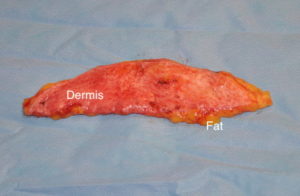Facial lipoatrophy is a well known condition where fat is lost in the face. This occurs at both the subcutaneous level as well as to the deeper buccal fat pad in particular. There are multiple causes and degrees of presentations of it. In its most severe form (often called a level 5 facial lipoatrophy) the face is essentially skeletonized with the skin virtually adhering to the underlying bone. Historically such level 5 facial lipoatrophies were due to drug effects that caused a unique facial fat wasting effect.




The dermal-fat graft provides direct release and volume fill at the deepest part of the facial lipoatrophy. While an invasive surgical procedure its immediate volume fill and high rate of survival makes this a good treatment option for the cheek area of the level 5 facial lipoatrophy patient.
Dr. Barry Eppley
Indianapolis, Indiana




